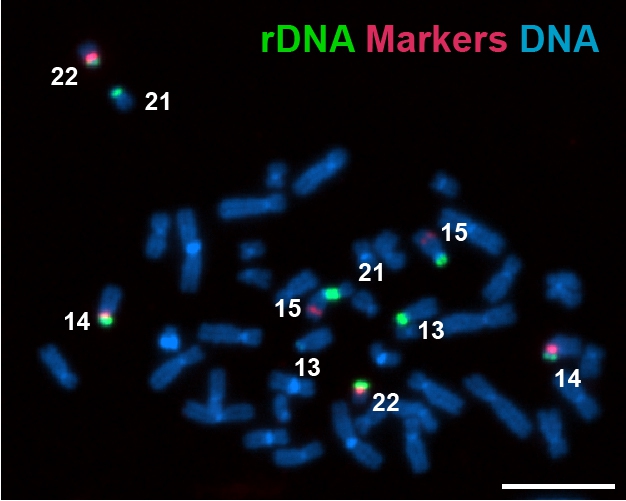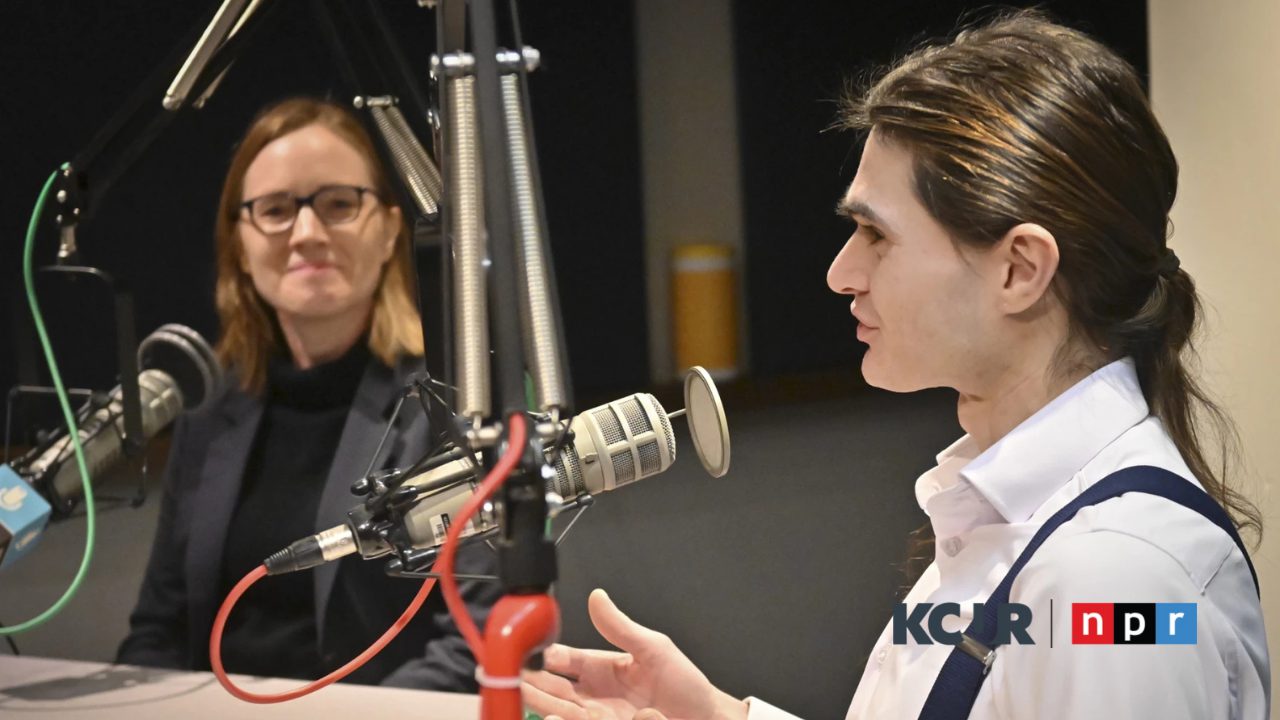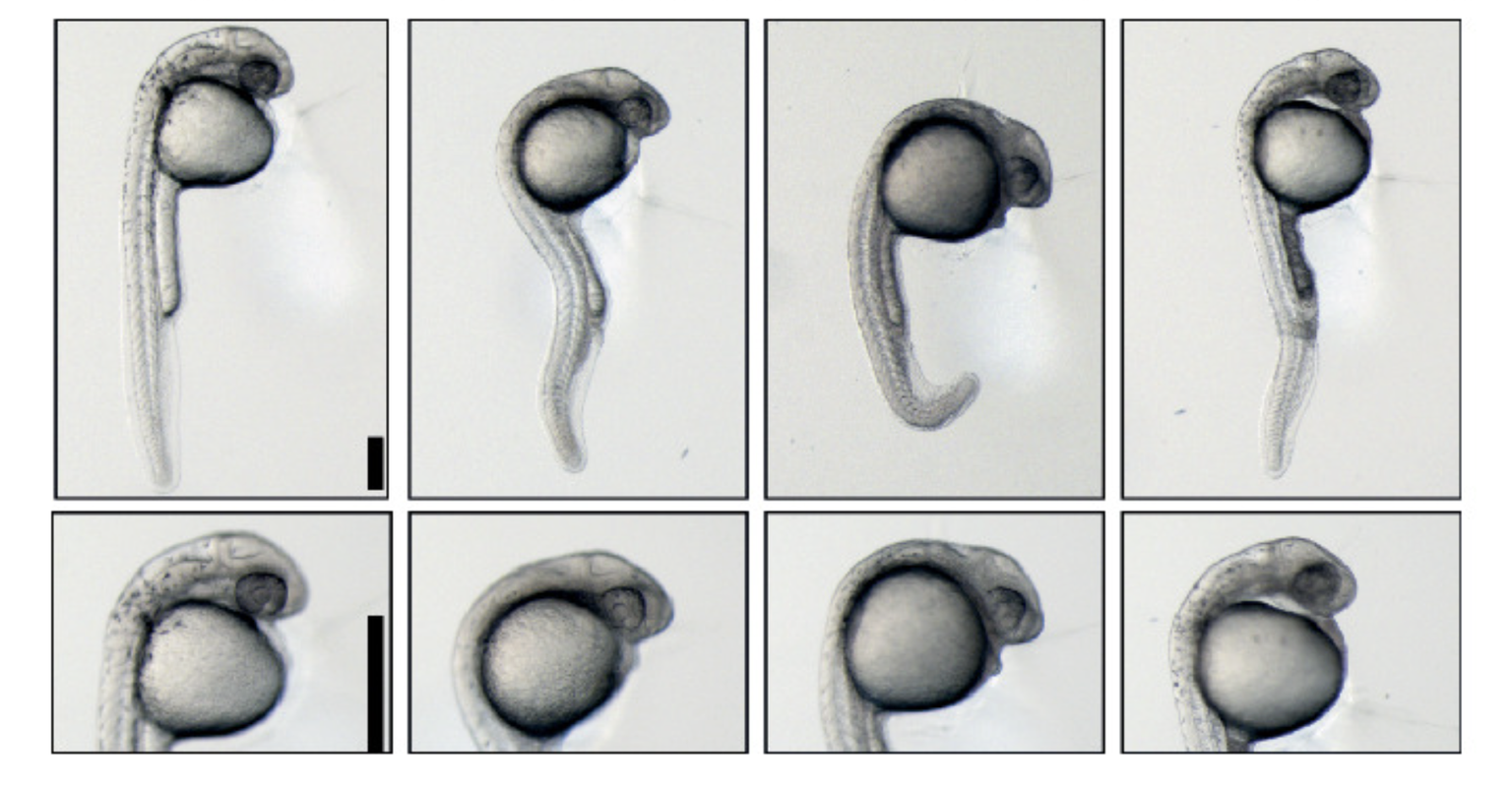“This variation gives each of us a unique fingerprint of rDNA copy number and distribution,” said Potapova. “Because we inherit chromosomes from both parents — each with their own fingerprint — every person ends up with a different rDNA array size that may need to be finetuned.”
A deep learning pipeline
The study also showcases a technical leap: an image-analysis pipeline built from a trained deep learning model. “Tamara and Sean McKinney, Ph.D., Head of Computation Imaging trained a deep-learning model to analyze chromosome images at scale,” said Gerton. “Instead of scoring a handful of chromosomes by eye, we robustly quantified signals across thousands of arrays.”
This deep learning model characterizing chromosomes may be first of its kind. Gerton added, “Combined with computational calculations of rRNA gene copy number, the technique allowed us to assign each chromosome both a copy number and an activity level.”
Beyond genetics
When the researchers removed the chemical tags that keep genes off, the previously silent arrays became active and began producing their own distinct rRNA sequences — direct evidence that chemical tagging helps maintain the “off” state. Interestingly, the transmission of silent rDNA arrays were remarkably stable. Even when cells were reprogrammed into stem cells and grown into tiny brain and gut-like tissues called organoids, these arrays remained silent.
The findings raise questions about how much of the rDNA program survives the usual epigenetic “reset” between generations. Discovering these inherited fingerprints may have potential human health applications, for example, when rRNA production is dysregulated in human disease like cancer or ribosomopathies. It also advances our understanding of inheritance beyond just genetics.
Additional authors include Paxton Kostos, Matthew Borchers, Jeff Haug, Andrea Guarracino, Ph.D., Steven Solar, Mark Mattingly, Graciela Monfort Anez, Leonardo Gomes de Lima, Ph.D., Yan Wang, Ph.D., Chongbei Zhao, Ph.D., Kate Hall, Madelaine Gogol, Sophie Hoffman, Dmitry Antipov, Ph.D., Arang Rhie, Ph.D., Monika Sechova, Ph.D., Karen Miga, Ph.D., Erik Garrison, Ph.D., and Adam Phillippy, Ph.D.
This work was supported by the Intramural Research Program of the National Human Genome Research Institute, the National Cancer Institute of the National Institutes of Health (NIH) (award: R01CA2663393), and with institutional support from the Stowers Institute for Medical Research. The content is solely the responsibility of the authors and does not necessarily represent the official views of the NIH.




